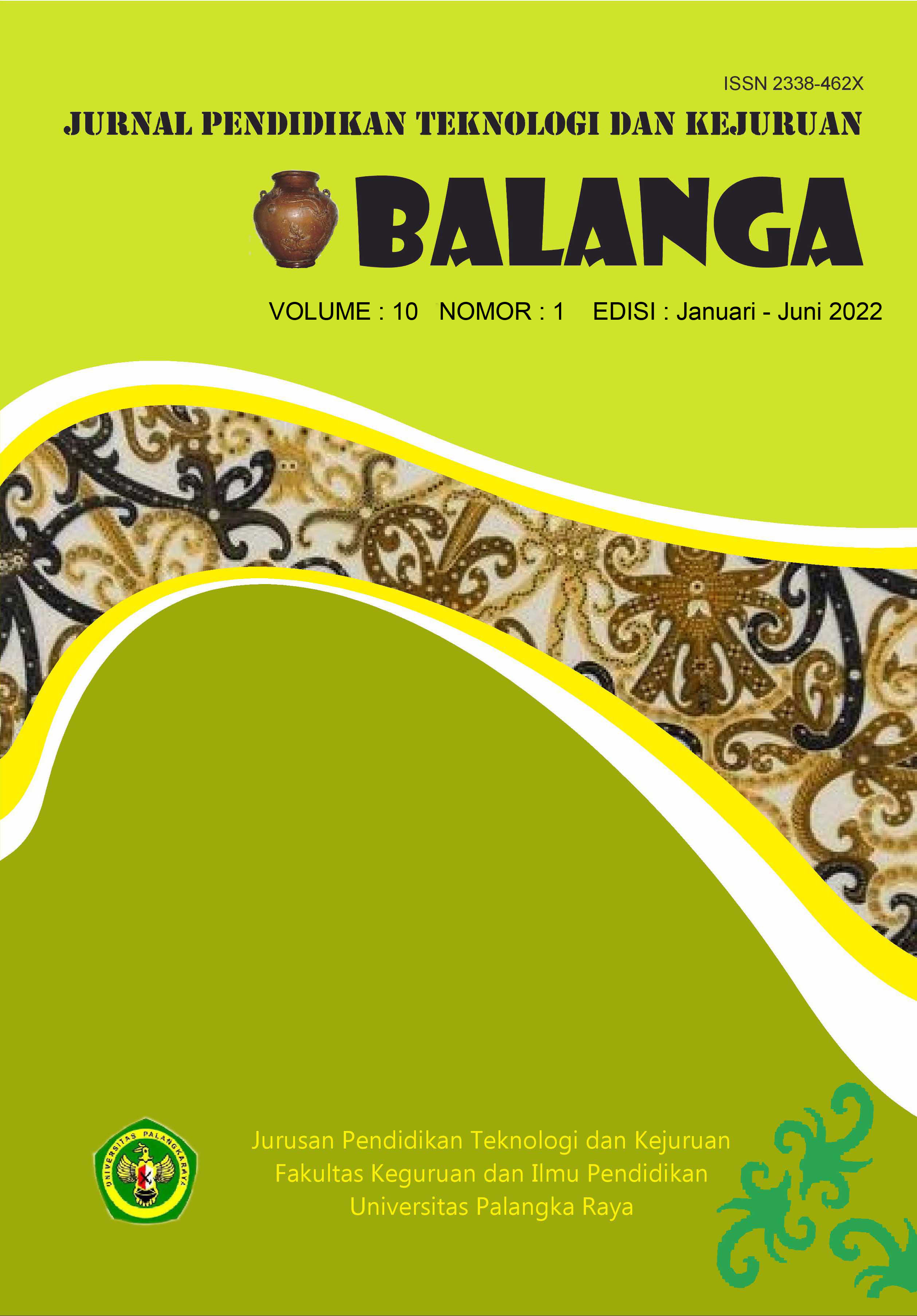CRACKS IN REINFORCED CONCRETE BEAM
DOI:
https://doi.org/10.37304/balanga.v10i1.3277Abstract
Cracks in concrete cannot be prevented but the size of the cracks can be controlled. Cracks that occur in concrete are strongly influenced by the nature and characteristics of the concrete constituent materials, especially cement and water. Cracks can occur in the fresh and hard concrete phases. Cracks that occur in concrete can be grouped into two, non-structural cracks and structural cracks. There are several types of non-structural cracks such as crazing, map cracking, plastic cracking due to shrinkage, plastic cracking due to settlement, cracking due to drying shrinkage, cracking due to temperature changes, cracking due to chemical reactions. Structural cracks can be caused by the effects of vibration, earthquake and loads that work beyond capacity. Cracks in concrete beams can be in the form of flexural cracks, web shear cracks, flexure-shear cracks, torsion cracks, bond cracks. The failure that occurs in the beam has a close relationship with the pattern of cracks formed. Cracks that occur in the beam must be repaired so that the damage does not get worse and efforts to strengthen the structure to ensure it remains safe
Downloads
Downloads
Published
Issue
Section
License
Copyright (c) 2022 BALANGA: Jurnal Pendidikan Teknologi dan Kejuruan

This work is licensed under a Creative Commons Attribution 4.0 International License.






























